CULTURAL CENTER OF THE PHILIPPINES | Folk Arts Theater






Fresh from the success of her Cultural Center of the Philippines Main Building, Imelda cast about for another edifice to build on all that reclaimed land on Manila Bay.
Perhaps smarting from criticisms of “elitism” regarding the CCP Theater, she went down-market for her next building, even calling it the “Folk Arts Theatre.” And what could be more down-market and hence “popular” than a beauty pageant? (Beauty pageants and the Philippines go together like bread and butter.)
In 1973, Margarita Moran (granddaughter of former RP president, Manuel Roxas) beat Miss USA for the title of Miss Universe, proving that Pinoy political dynasties can come in many forms. (The judges that year included Hanae Mori, Lynn Redgrave, and Ginger Rogers.)
“Here she is … Miss Universe 1973 …“

That win for the national pride must have got Imelda thinking, “The next Miss Universe pageant must be held here in Manila. Let’s build a venue!”
Once again the First Lady called upon the talents of architect Leandro V. Locsin, who designed a very simple amphitheatre, open on three sides to the “fresh” air off Manila Bay. And once again, Locsin provided his signature “floating volume” that seems impossibly heavy but light at the same time. The building has the largest free-span in the Philippines and was completed in seventy-seven days! (giving rest to the notion of third world inefficiency).
The Folk Arts Theater is big: it has a capacity of 8,458 divided into ten sections:
So … the Folk Arts Theater was rushed to completion. The world’s press came to Manila, and the First Couple presided over the proceedings. It was the first Miss U to be held in Asia and the first to be telecast in the early morning for live satellite coverage to the all-important American audience.
The winner?
Spain’s Amparo Muñoz:
Outgoing Miss Universe Margarita Moran, of the Philippines crowned the tearful pageant winner, Amparo Muñoz of Spain at the conclusion of the 2-hour telecast. First runner-up Helen Morgan of Wales would eventually win the title of Miss World (representing the United Kingdom) later that year. Ironically, neither Ms. Muñoz nor Ms. Morgan completed her reign. Citing irreconcilable differences with the pageant, Miss Muñoz abruptly resigned her Miss Universe title a few months after winning her crown. Likewise, Miss Morgan relinquished her Miss World title just a few days after winning it after it was revealed she was an unmarried mother. Muñoz never was officially dethroned. Manila again hosted the event 20 years later when it became the host city for the Miss Universe 1994 pageant. Amparo Muñoz went on to pursue a successful acting career in film and television in her native country Spain. – Wikipedia, “Miss Universe 1974“

Spain’s Amparo Muñoz is joined by Philippine First Lady Imelda Marcos at Malacañang, the presidential palace on the Pasig, just hours after her coronation as Miss Universe 1974 in Manila (love Imelda’s terno — it would look great on the side of a plane).
Photo by Diana J. Limjoco
update:
I do like that dress. And, just to prove that Meldy wasn’t above wearing the same old dress more than once, here is a photo of her and her “Dente” (short for “Presidente”) two years after the inauguration of the Folk Arts Theater. I still think that the terno’s design would look great on the side of Philippine Airlines’ planes, especially now that I see it in colour.
Malacañang Palaceon the Pasig River from “outer space.” Click on the screenshot above to explore Malacañang and Manila.
°
°
°
A “palace insider,” Beth Day Romulo, gives her account of Imelda’s “edifice complex” in her rivetting book, Inside the Palace: The Rise and Fall of Ferdinand & Imelda Marcos:


Imelda had a driving desire to put the Philippines on the world map. Just as she had metamorphosed from a barelegged village girl to a ‘Queen’ who hobnobbed with other heads of state and the world’s wealthiest people, so too she wanted her little country to become a mecca for those seeking the most elaborate conference sites, medical facilities, or the finest of tourist accommodations. It was through her aggressive efforts that the striking Cultural Center theatre and the giant Conference Center were built on Manila Bay, and Plenary Hall, meant to rival the United Nations.
Sometimes her priorities were highly questionable — but few dared question her, especially after the imposition of martial law that silenced her political opponents. In 1974 she angled for, and won, for Manila, the lucrative and publicity-laden honor of hosting the Miss Universe Pageant. To house the spectacle she ordered built, in a record seventy-seven days, a gigantic 10,000-seat Folk Arts Theatre at the tip of the reclaimed area of Manila Bay where the Cultural and Conference Centers were also located. She believed the Miss Universe Pageant was so important to Manila that she took the funds earmarked for a new National Museum of the Philippines, which was languishing on a couple of crowded floors of the old Senate building, solely for the purpose of staging this event.
– Beth Day Romulo, Inside the Palace: The Rise and Fall of Ferdinand & Imelda Marcos. New York: G. P. Putnam’s Sons, 1987: 98.
LIKE BEAUTY PAGEANTS? WANT TO WATCH THE 1974 MISS UNIVERSE CONTEST? CLICK THE SCREENSHOT BELOW FOR THE WHOLE SHEBANG:
About this entry
You’re currently reading “CULTURAL CENTER OF THE PHILIPPINES | Folk Arts Theater,” an entry on designKULTUR
- Published:
- 2010/01/08 / 11:11
- Category:
- ARCHITECTS + ARCHITECTURE, ART + ARTISTS, CITIES | MANILA, THE CULTURAL CENTER OF THE PHILIPPINES SUITE, THE PHILIPPINES, URBAN PLANNING
- Tags:
- "Inside the Palace: The Rise and Fall of Ferdinand & Imelda Marcos", Amparo Muñoz, Beth Day Romulo, Cultural Center of the Philippines, Fok Arts Theater, Imelda Marcos, Leandro V. Locsin, Malacañang Palace, Manila, Margarita Moran, Miss Universe, Miss Universe 1973, Miss Universe 1974, Miss World







































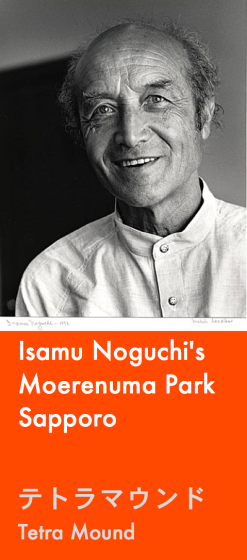

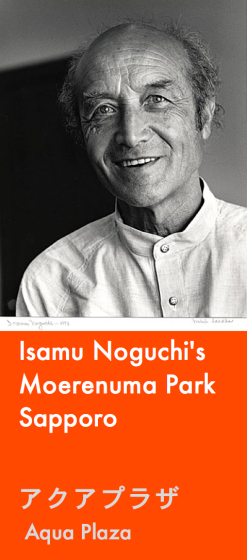

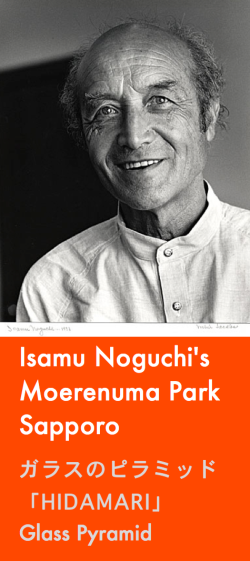

















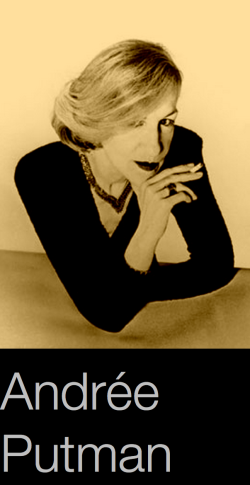


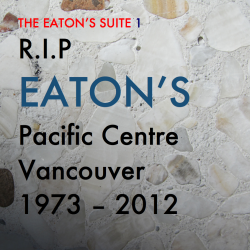













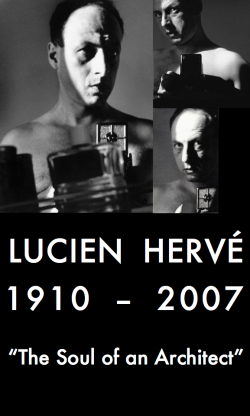
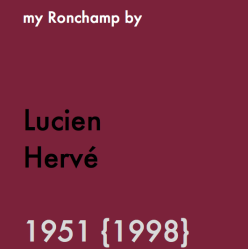
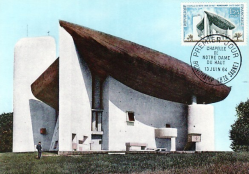









































































8 Comments
Jump to comment form | comment rss [?] | trackback uri [?]